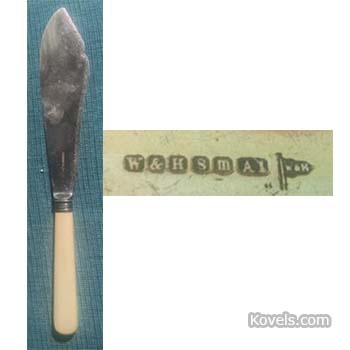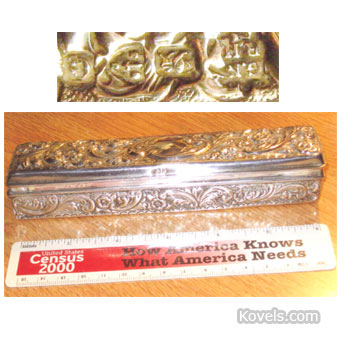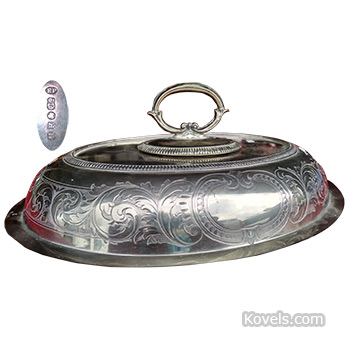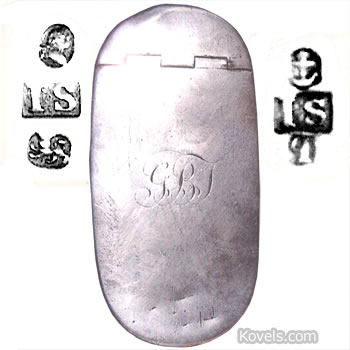Walker & Hall Silver
Q: I found this knife with my Mother’s stuff. The handle seems to be ivory. Is that unusual? It’s marked “W & H S m A1” and with the letters “W & H” in a pennant. Who made this knife?
A: This knife with a pointed tip and blade that is wider at one end is a fish knife. Fish knives were often part of a fish set that included a matching fork. Ivory was often used on handles because silver retains heat and silver handles get hot. Ivory acts as an insulator and keeps the handles cool enough to touch. This mark was used by Walker & Hall of Sheffield, England. It operated under that name from 1853 to 1920, when “Ltd.” was added to the name. The letter “S” stands for Sheffield and the lower case letter “m” is a date letter mark. Lower case date letters were used from about 1885 to about 1905. The mark “A1” indicates it’s of superior quality and includes more grams of silver per ounce than “standard” quality silver plate. Value, about $25.




